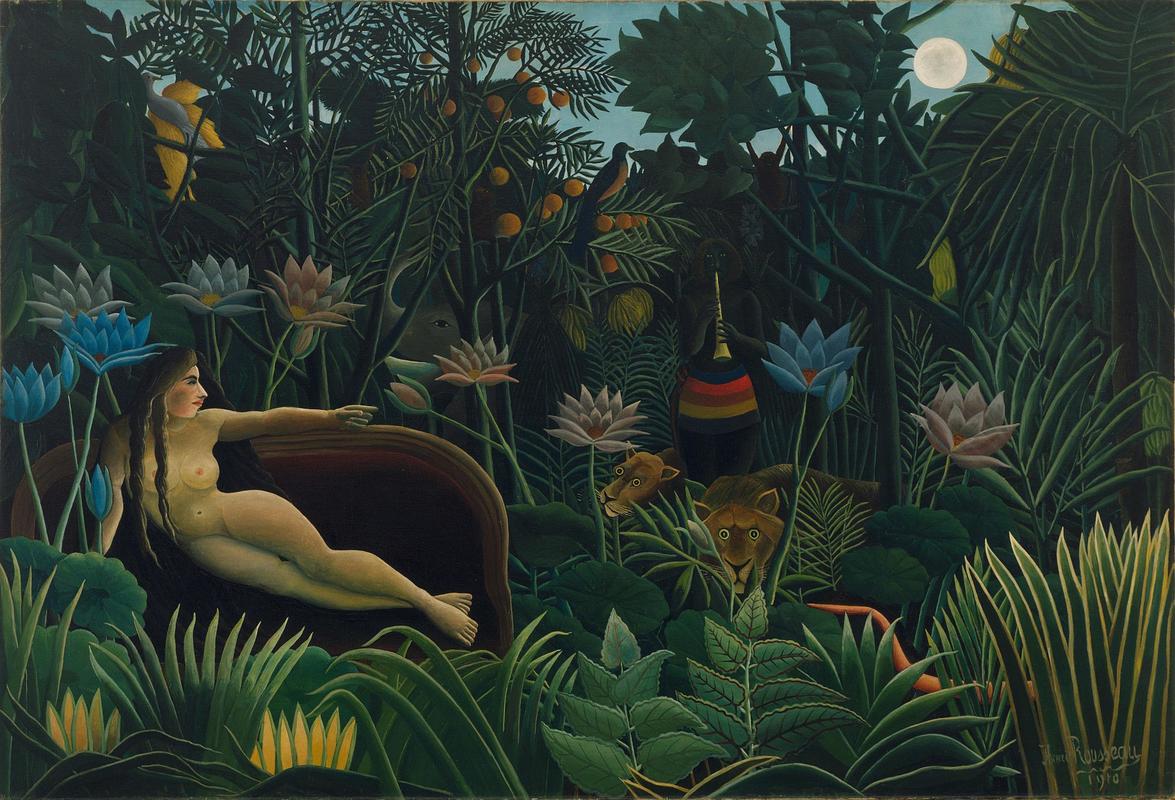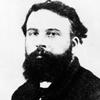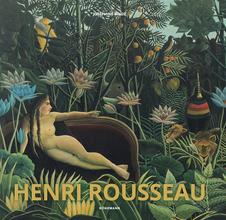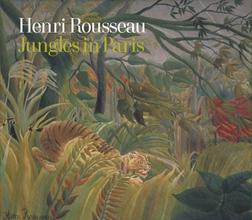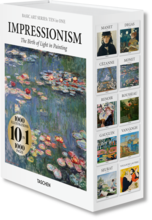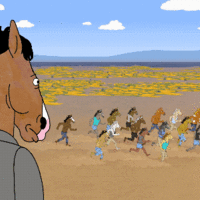More about The Dream
- All
- Info
- Shop

Contributor
You would think that Rousseau was an avid outdoorsman to paint all that foliage but he was actually kind of a poser.
The artist got all of his inspiration for his paintings from the Paris Museum of Natural History and Jardins des Plantes and never actually left France because he was broke AF. But that didn’t stop the inspiration from flowing. This is one of 25 jungle scenes he painted! Though this is certainly his biggest hit. Rousseau commented on the gardens where he drew his inspiration: “When I am in these hothouses and see the strange plants from exotic lands, it seems to me that I am entering a dream.” Hence the title.
So Rousseau is one of the biggest names in the art world, but he never actually had any training. This painting was the last one he did before he died of blood poisoning (whoa) and you can still see some technical flaws in it, such as a flower painted on top of leaves giving it a sort of translucent effect and the unrealistically round and symmetrical breasts of the woman who is reclining. (If only we all could be so lucky.) This didn’t stop him from being admired by artists like Picasso and Kandinsky, or from becoming a hero of the Surrealist movement. They called his work “naïve art” and said that he expanded “the new possibilities of simplicity.”
But for every admirer there has to be a hater. One particularly snotty Parisian wrote that, “Monsieur Rousseau paints with his feet with his eyes closed.” A way more accurate quote about this painting, however, is by the poet and critic Guillaume Apollinaire. He said that, “the picture radiates beauty, that is indisputable. I believe nobody will laugh this year.”
Deep.
Featured Content
Here is what Wikipedia says about The Dream (Rousseau)
The Dream (French: Le Rêve; occasionally also known as Le Songe or Rêve exotique) is a large oil-on-canvas painting created by Henri Rousseau in 1910, one of more than 25 Rousseau paintings with a jungle theme. His last completed work, it was first exhibited at the Salon des Indépendants from 18 March to 1 May 1910, a few months before his death on 2 September 1910. Rousseau's earlier works had received a negative reception, but poet and critic Guillaume Apollinaire remarked on its debut: "The picture radiates beauty, that is indisputable. I believe nobody will laugh this year."
The Dream is the largest of the jungle paintings, measuring 6' 8½" × 9' 9½" (204.5 × 298.5 cm). It features an almost surreal portrait of Yadwigha (Jadwiga), Rousseau's Polish mistress from his youth, lying naked on a divan to the left of the painting, gazing over a landscape of lush jungle foliage, including lotus flowers, and animals including birds, monkeys, an elephant, a lion and lioness, and a snake. The stylised forms of the jungle plants are based on Rousseau's observations at the Paris Museum of Natural History and its Jardin des Plantes. The nude's left arm reaches towards the lions and a black snake charmer who faces the viewer playing his flute, barely visible in the gloom of the jungle under the dim light of the full moon. A pink-bellied snake slithers through the undergrowth, its sinuous form reflecting the curves of the woman's hips and leg.
Suspecting that some viewers did not understand the painting, Rousseau wrote a poem to accompany it, Inscription pour Le Rêve:
|
Yadwigha dans un beau rêve |
Yadwigha in a beautiful dream |
One possible interpretation of the painting, offered by Rousseau in a letter to art critic André Dupont, is that it depicts a woman reclining on a couch in Paris, dreaming she is listening to a flute player in the jungle.
The subject of a reclining nude draws from a classical tradition, from Titian’s 1538 painting Venus of Urbino to Manet's 1863 painting Olympia. Rousseau may have taken some inspiration from Émile Zola's novel Le Rêve, which deals with the love between a painter and an embroideress. While he was painting The Dream, Rousseau was romantically involved with a shop assistant, Leonie.
French art dealer Ambroise Vollard bought the painting from Rousseau in February 1910. It was sold through Knoedler Galleries in New York to clothing manufacturer and art collector Sidney Janis in January 1934. Janis sold the painting to Nelson A. Rockefeller in 1954, who donated it to the Museum of Modern Art, New York to celebrate the Museum's 25th anniversary. It remains on display at MoMA.
Check out the full Wikipedia article about The Dream (Rousseau)

